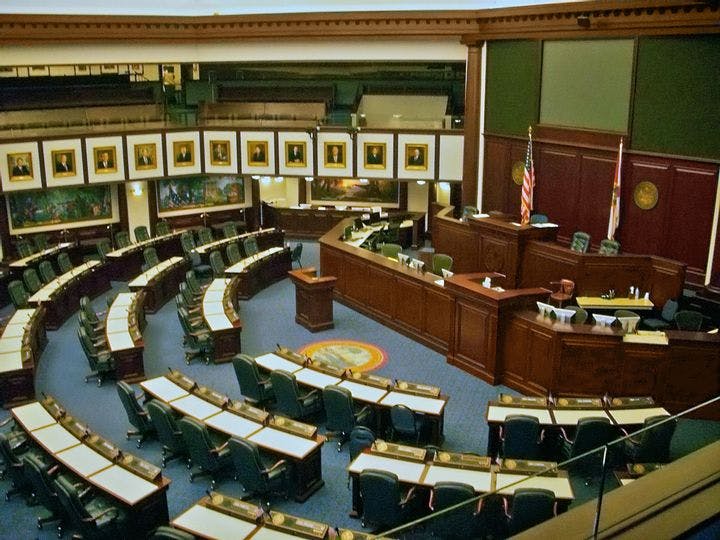Summer 2009
The Eight-Year Itch
– The Wilson Quarterly
Term limits in Florida and other states were supposed to boost competition, remove the incumbency advantage, and speed up turnover. So far, none of that has come to pass.
No jurisdiction in America embraced legislative term limits more ardently than Florida, where in 1992 a record 77 percent of voters agreed to a constitutional amendment that throws the bums out of the statehouse after eight years.
Long before the first hanging chad ever dangled from the punch hole of a butterfly ballot, the Sunshine State was receiving bad reviews on democratic practice from a number of political scientists. Prior to the “one person, one vote” Supreme Court decisions of the 1960s, for example, Florida was so malapportioned that 13 percent of its voters elected a majority of the state legislature. But even after apportionment was modernized, the rate of statehouse turnover remained low.
Term limits became the reformers’ dream: They would boost competition, remove the incumbency advantage and speed up turnover, even improve opportunities for women and minorities. Unfortunately, according to political scientists Eric Prier and Kevin Wagner of Florida Atlantic University, things got worse almost as soon as the term limits kicked in.
Term limits in Florida appear to have created what are in effect eight-year terms for incumbents, with little incentive to be concerned about aggregate public opinion or voters during the length of the term, the authors say. Instead of running against a sitting legislator, a challenger can just wait out the officeholder’s remaining four years. Competition rose after the first eight-year period, but was not sustained. In the 2004 primaries for the Florida House of Representatives, not a single opponent appeared on the ballot in 71 percent of the races for 120 seats. Many members had no opposition in either the primary or general election. And because candidates with no official challengers are automatically elected without appearing on the ballot, 11 senators took their seats after the election without a single vote cast for or against them.
Maine had a similar experience after voters approved term limits in 1993. Before term limits, Maine averaged about 58 unopposed primary races for its lower legislative house. After term limits, the average increased to 127 out of 151 possible contests.
Term limits were supposed to draw in a large new group of candidates to vie for public office and create “a more democratic, open, and active electoral environment populated by citizen legislators.” So far, the authors conclude, that claim has proven “almost entirely false.”
THE SOURCE: “Running Unopposed: Assessing the Impact of Term Limits on Competition in Florida and Maine” by Eric Prier and Kevin Wagner, in Politics and Policy, Feb. 2009.
Photo courtesy of Flickr/Steven Martin
